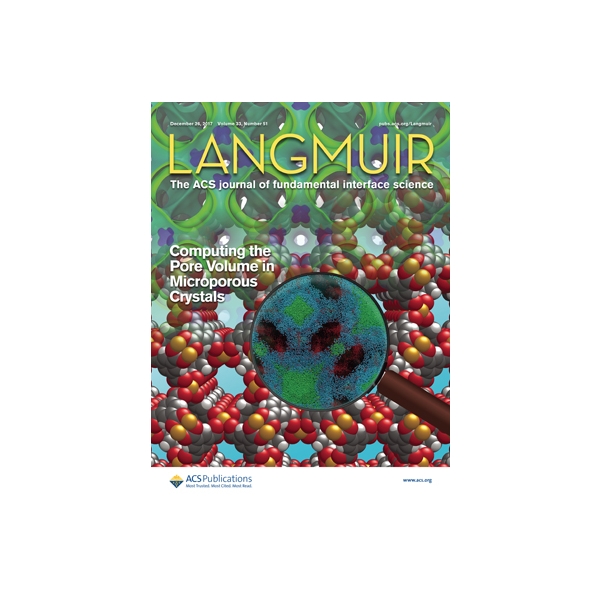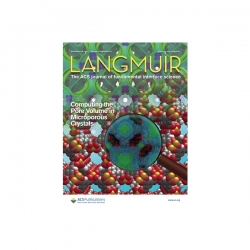Abstract

Antifouling surfaces that are resistant to protein adsorption and cell adhesion are desirable for many biomedical devices, such as diagnostic devices, biosensors, and implants. In this study, we developed an antifouling hyperbranched polyglycerol (hPG) surface on hydroxyl poly-p-xylylene (PPX-OH). PPX-OH was deposited via chemical vapor deposition (CVD), and an hPG film was then developed via the ring-opening reaction of glycidol. The hPG film greatly reduced the adhesion of L929 cells and platelets as well as protein adsorption. The addition of alkenyl groups in the hPG layer allows the conjugation of biomolecules, such as peptides and biotin, and elicits specific biological interactions. Since the CVD deposition of PPX-OH could be applied to most types of materials, our approach makes it possible to decorate an antifouling hPG film on most types of materials. Our method could be applied to biosensors, diagnostics, and biomedical devices in the future.
.png)

